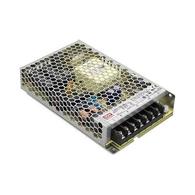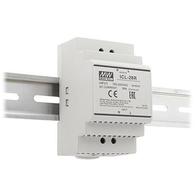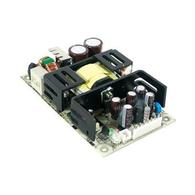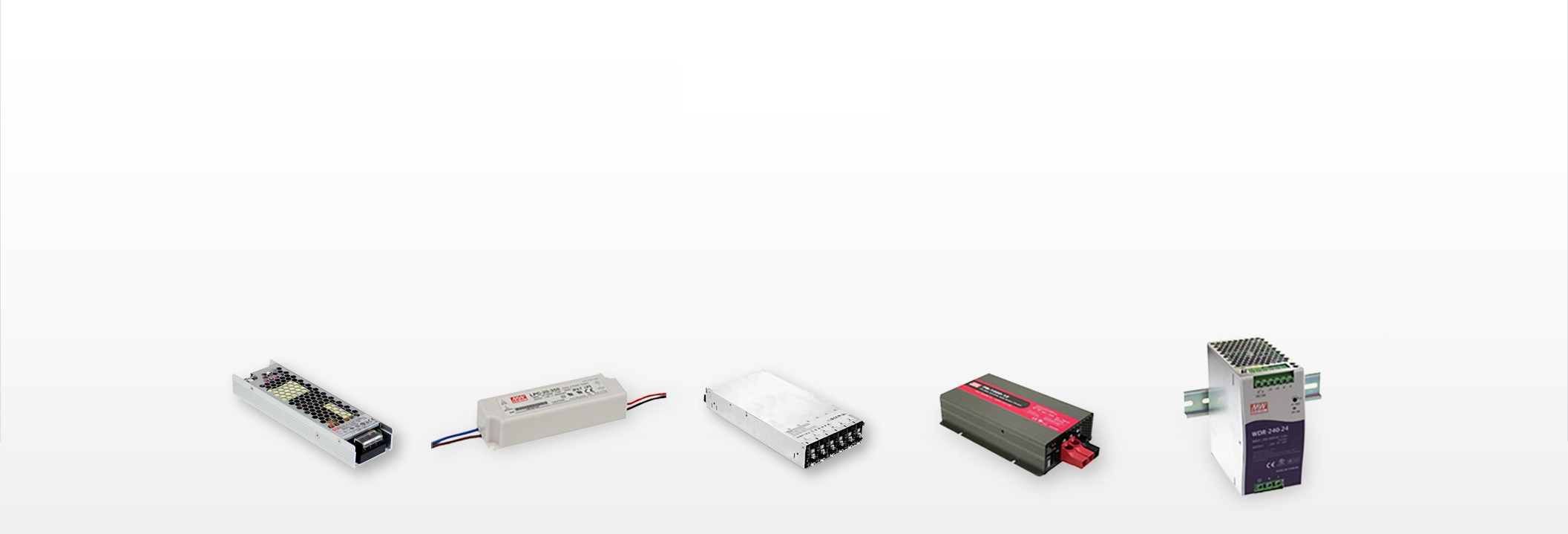
MEAN WELL Web
Filter, compare and easily select your MEAN WELL power supplies. Order your MEAN WELL power supply today.
Buy your power supplyOur online power supply offerings by technology
Our online power supply offerings by form factor
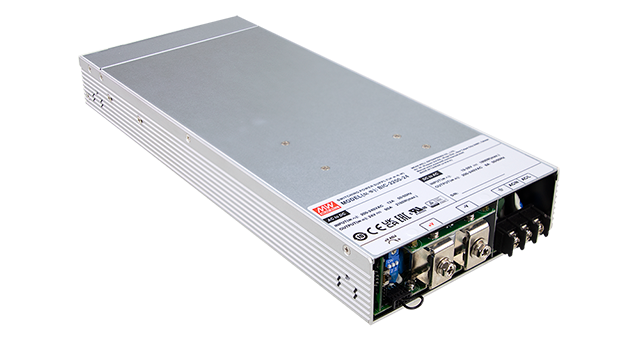
Need a power supply not in our webshop? No problem!
Not all power supplies are available through our webshop. Contact our power supply experts for questions or price information of MEAN WELL power supplies not in the webshop.

